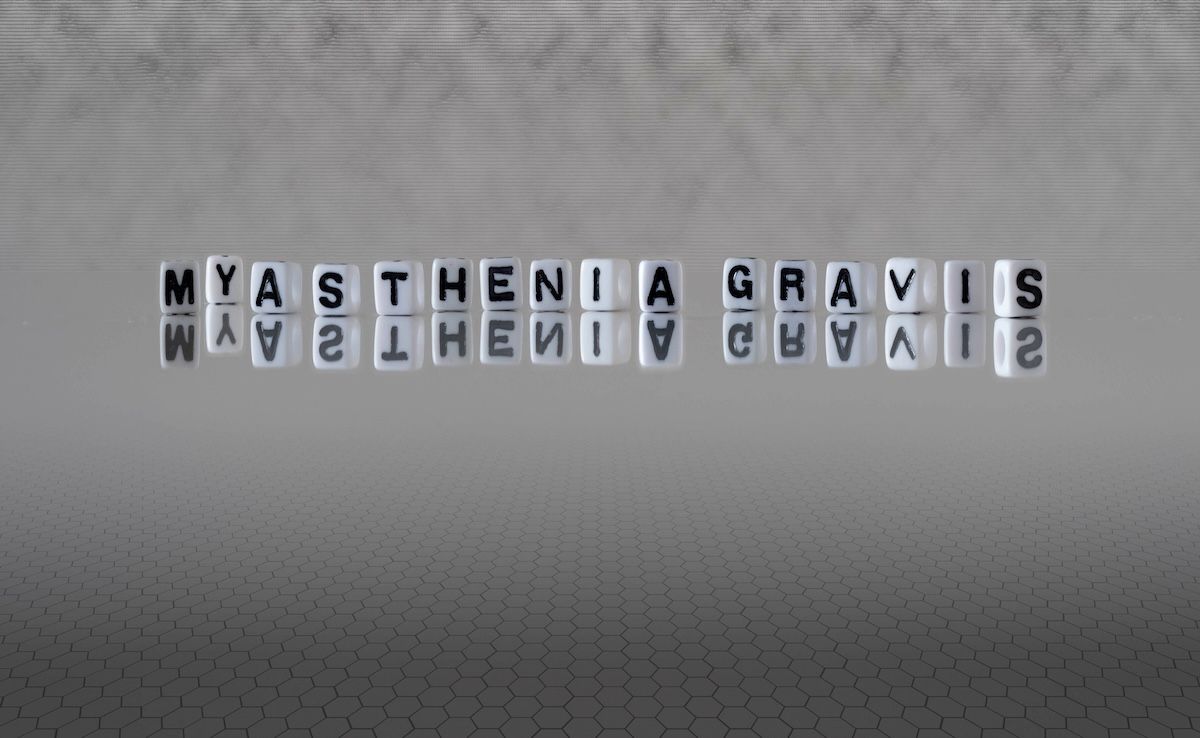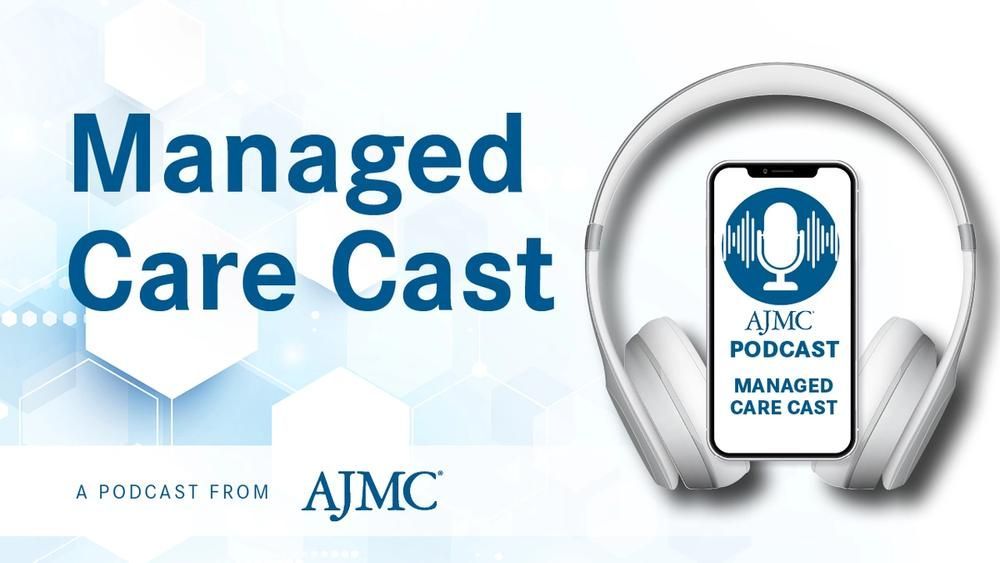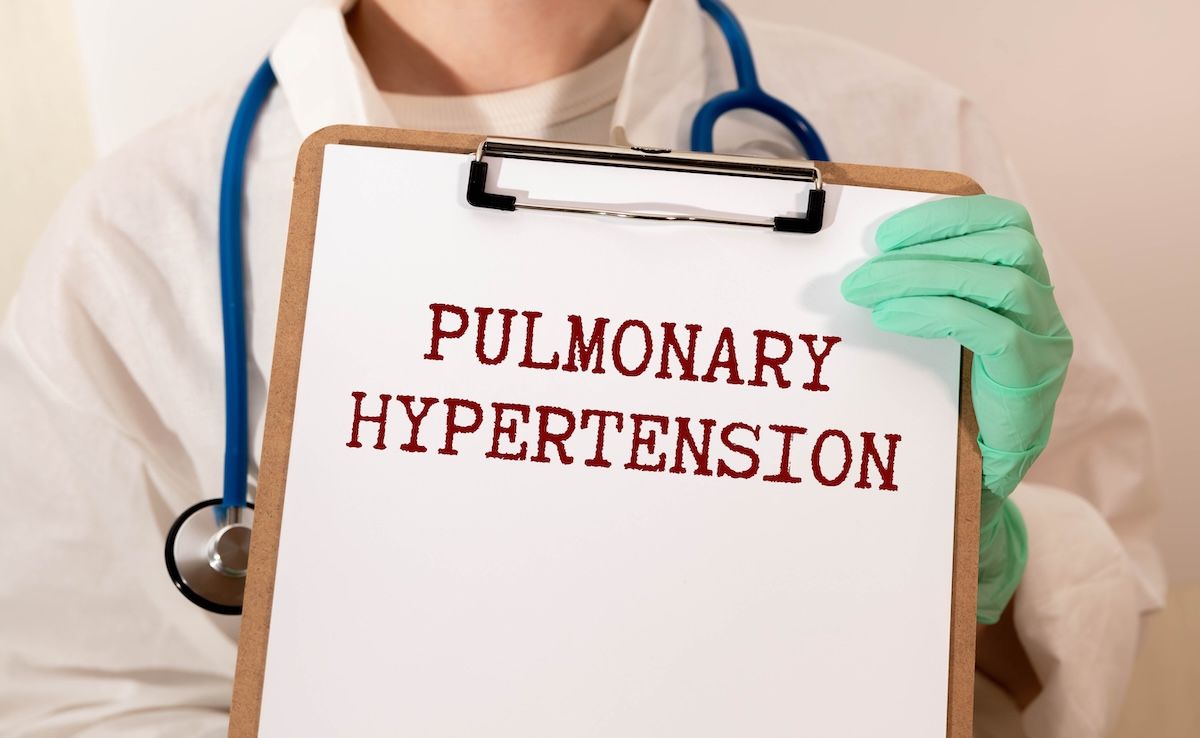Opinion
Video
Introduction to IgA Nephropathy
Panelists discuss how immunoglobulin A (IgA) nephropathy represents a complex glomerular disease characterized by IgA deposition in the mesangium, with a wide spectrum of clinical presentations ranging from benign hematuria to progressive kidney failure requiring comprehensive management strategies.
IgA Nephropathy: Pathogenesis and the 4-Hit Cascade
IgA nephropathy (IgAN) is characterized by the deposition of IgA1-containing immune complexes in the glomerular mesangium. The pathogenesis follows a 4-hit cascade:
4-Hit Cascade
- First hit - Aberrant IgA1 production: Production of galactose-deficient IgA1 (Gd-IgA1) due to abnormal O-glycosylation in the hinge region. This process involves defective activity of specific glycosyltransferases, particularly C1GalT1 and its chaperone Cosmc.
- Second hit - Anti-glycan antibody production: Formation of autoantibodies (IgG or IgA) against the exposed GalNAc epitopes on Gd-IgA1.
- Third hit - Immune complex formation: Circulating immune complexes form between Gd-IgA1 and anti-glycan antibodies.
- Fourth hit - Mesangial deposition and inflammation: Deposition of these immune complexes in the mesangium, activating complement and mesangial cells, leading to inflammation, matrix expansion, and ultimately renal damage.
Role of APRIL and Cytokines
A PRoliferation-Inducing Ligand (APRIL):
- Member of the TNF family that promotes B-cell survival and differentiation
- Upregulated in patients with IgAN
- Stimulates IgA1-producing cells and may contribute to the overproduction of Gd-IgA1
- Binds to receptors TACI and BCMA, promoting plasma cell survival and IgA class switching
Key Cytokines in IgAN Pathogenesis:
- IL-6: Enhances IgA production and may affect glycosylation of IgA1
- TGF-β: Drives mesangial cell proliferation, extracellular matrix production, and fibrosis
- TNF-α: Promotes inflammation and mesangial cell activation
- BAFF: Works synergistically with APRIL to support B-cell survival and antibody production
- IL-4 and IL-5: Contribute to B-cell differentiation and IgA synthesis
- MCP-1/CCL2: Recruits inflammatory cells to the glomeruli
These cytokines create a proinflammatory environment that perpetuates kidney injury and progressive loss of renal function in patients with IgAN.




